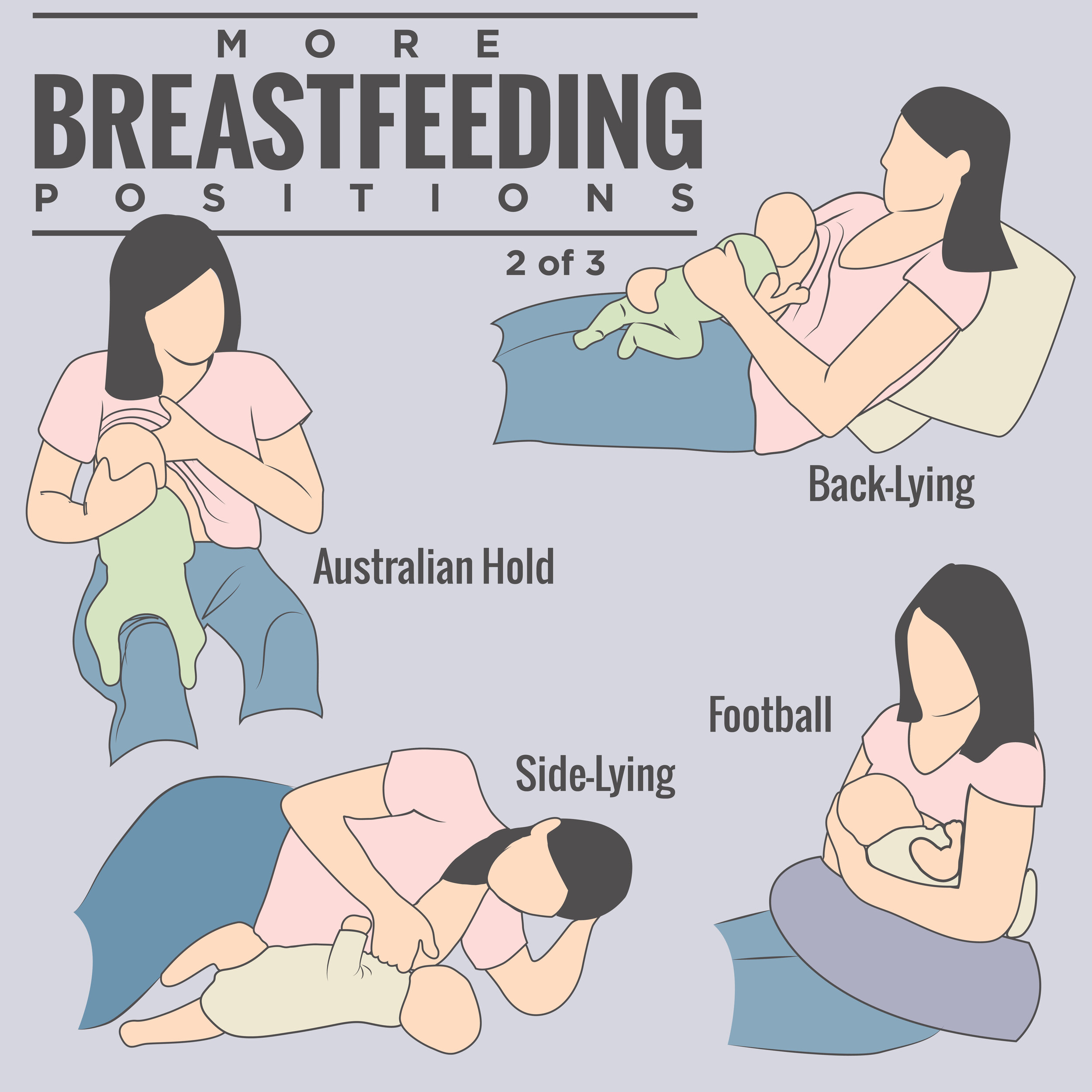Nursing
A newborn baby has only 3 demands. They are warmth in the arms of its mother, food from her breasts, and security in the knowledge of her presence. Breastfeeding satisfies all three.
-Grantly Dick-Read
Many breastfeeding parents are caught off-guard with how hard learning how to breastfeed can be. Despite increasing rates of breastfeeding initiation, and slowly increasing rates of continued breastfeeding, we are a bottle feeding culture. The positions we use for nursing, the exposure to infant feeding as a child, and the examples of infant feeding we see in public are heavily skewed towards bottle feeding.
The photos here are my older two sons, and a good friend’s oldest daughter, all of whom were exposed to their own mothers breastfeeding their siblings. When they were playing with their dolls and stuffed animals, their instincts were to assume natural nursing positions to engage in this play. You can even see in these photos their toys are assuming effective nursing positions, with their baby’s aligned and angled in a manner that would allow for an effective asymmetric latch-on. They didn’t take a class on this, no one manipulated their toys positions in their arms, this was instinctively learned by observing breastfeeding in their own families.
Many mothers today have had limited exposure to a nursing infant, which means this instinctive nursing positioning has to be taught. Positioning can have a profound impact on a baby’s latch, and in turn their ability to nurse effectively without causing pain or trauma to their mother.
Here are some examples of nursing positions that parents may choose to utilize when nursing their baby.
It should be simple to just mimic the positions in these graphics right? Actually, it’s not! Figuring out which position might work best requires looking at your anatomy, your baby’s anatomy, and assessing your baby’s capabilities at establishing a good latch. I try to teach parents laid-back breastfeeding, which is a position that works both to allow your baby to use their innate feeding instincts, but also helps get baby into a good position to establish that nice deep latch we are aiming for. If a position is not working for you, try something else! If that doesn’t work reach out for a lactation consult. Positioning can be assessed virtually very easily, and you can be coached through getting a better position!
So what is a good latch?
A good latch is one where the baby has a wide open mouth, with lips rolled out to create a seal, chin against the breast, and nose free for breathing. When your baby unlatches it is important to check your nipple, it should be roughly the same shape as before nursing. If your nipple is flattened there is an issue.
If you are having pain despite what appears to be a good latch you need to see a lactation consultant to evaluate your infants oral anatomy. Tongue tips, lip ties, buccal ties, and palate shapes can all result in a beautiful but painful latch. Sometimes this can be compensated for by different latch techniques and positioning, but there are times your baby should be assessed by a health care provider for possible treatment.
When should I feed my baby?
Babies nurse on average between 8-12 times per day, and you should feed them based on their feeding cues. It can be helpful to assess the state your baby is in to know when to be particularly vigilant about watching for nursing cues in order to catch your baby when they are ready and willing to take a good feeding.






